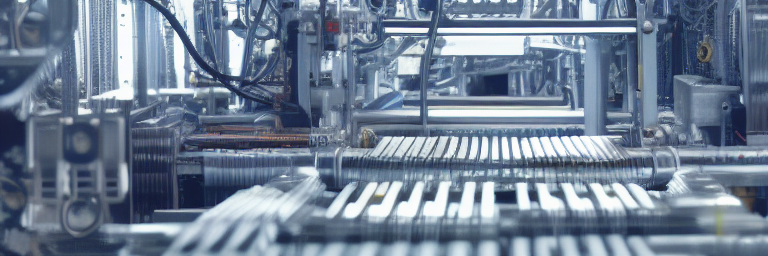Understanding Hyperautomation
Hyperautomation technology is the process of automating more and more tasks that were previously performed by human beings. This technology is made possible by a combination of artificial intelligence (AI), machine learning, and robotic process automation (RPA).
Hyperautomation can be used to automate manual tasks, such as data entry or simple customer service tasks. It can also be used to automate more complex tasks, such as identifying patterns in data or providing recommendations.
It can provide a number of benefits, including increased efficiency, improved accuracy, and reduced costs. In addition, it can help organizations to scale their operations and to meet the increasing demands of the digital economy.
In hyperautomation, businesses automate as many tasks and processes as possible to increase efficiency and productivity. This can include everything from automating customer service to automating marketing tasks. By automating as many tasks as possible, businesses can free up employees to focus on more important tasks, such as innovation and strategic planning.
Some considerations for hyperautomation technology are the level of integration, the need for customization, the ability to connect to different data sources, and the ability to scale.
Examples
There are many examples of hyperautomation technology, but some of the most common are robotic process automation (RPA), artificial intelligence (AI), and machine learning. RPA is a type of software that can be programmed to automate repetitive tasks, such as data entry or claims processing. AI is a type of computer software that is capable of learning and making decisions on its own. Machine learning is a type of AI that gets better at completing tasks over time through experience.
There are many examples of who is utilizing hyperautomation technology. Some of these examples include:
- Aerospace and defense companies who are using this technology to streamline production and reduce costs
- Automotive companies who are using it to increase efficiency and reduce waste
- Banks and financial institutions who are using hyperautomation to speed up transactions and improve customer service
- Healthcare organizations who are using it to improve patient care and reduce errors
- Manufacturing companies who are using it to improve quality control and increase production
Advantages and Challenges
There are many advantages to using hyperautomation, including:
- Increased efficiency: Automating tasks can help to eliminate errors and speed up processes.
- Cost savings: Automating tasks can help to reduce labor costs.
- Improved quality: Automating tasks can help to improve the quality of products or services.
- Increased safety: Automating tasks can help to improve safety by reducing the need for humans to work in dangerous environments.
- Increased flexibility: Automating tasks can help to improve the flexibility of a company by allowing it to quickly adapt to changing conditions.
- Environmental benefits: Automating tasks can help to reduce the environmental impact of a company by reducing the need for energy and resources.
While hyperautomation can speed up processes and improve efficiency, it can also create new challenges.
For example, it can lead to job loss as machines take over tasks that have been traditionally done by humans. This can lead to economic disruption and social unrest. Additionally, hyperautomation can create new security risks as hackers target automated systems. Finally, hyperautomation can lead to ethical concerns as AI and ML are used to make decisions that traditionally have been made by humans.
A Brief History
Hyperautomation is the use of advanced technologies, such as artificial intelligence (AI) and machine learning (ML), to automate tasks that have traditionally been performed by human beings. It has been made possible by the convergence of several technological trends, including the proliferation of big data, the rise of cloud computing, and the increasing availability of powerful computing resources.
The term “hyperautomation“ was first coined by Gartner, a leading research and advisory firm, in 2017. Since then, hyperautomation has become one of the hottest topics in the tech world, with businesses of all sizes and across all industries exploring how they can use it to improve efficiency and drive down costs.
While hyperautomation is still in its early stages of adoption, it has the potential to radically transform the way businesses operate. In the future, hyperautomation is likely to play a central role in the so–called “fourth industrial revolution“ – the ongoing transformation of the global economy that is being driven by the convergence of digital, physical, and biological technologies.
The Future Outlook
The future of hyperautomation technology is shrouded in potential, but fraught with uncertainty. The technology has already begun to revolutionize the workforce and the way businesses operate, but it is still in its early stages of development. The full extent of its impact is still unknown, but it has the potential to completely transform the way we live and work.
It is still in its infancy, but it has already begun to change the way we work. In the future, this technology will only become more sophisticated and widespread. It has the potential to automate entire industries, making many jobs obsolete. This could lead to mass unemployment and social unrest, or it could usher in a new era of prosperity and abundance.
The future of hyperautomation technology is impossible to predict with any certainty. However, one thing is certain: it will have a profound impact on the world as we know it.

